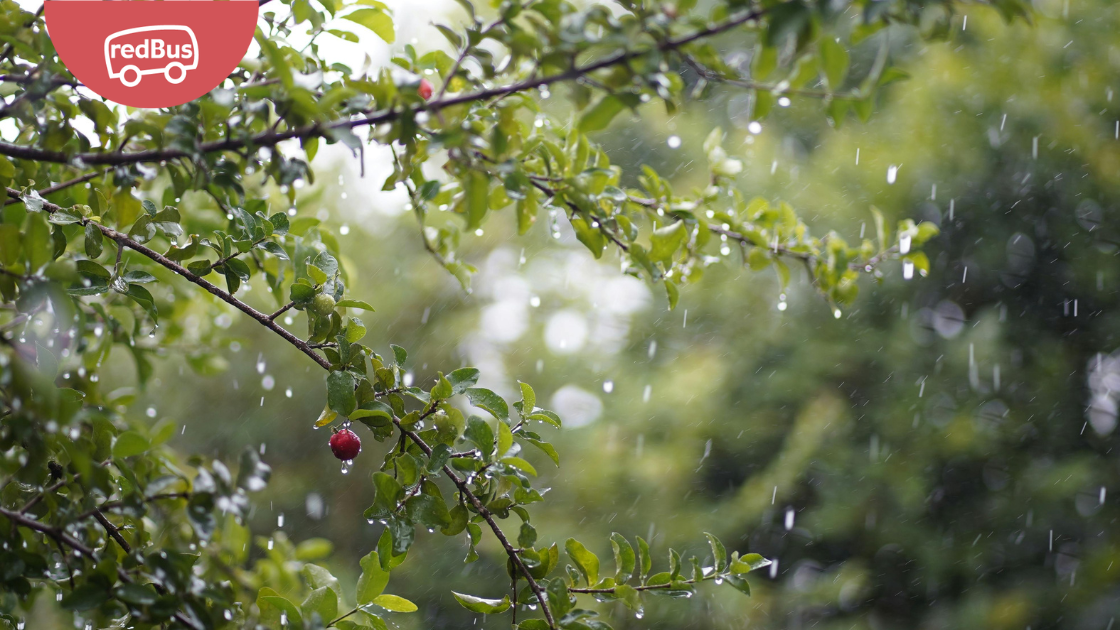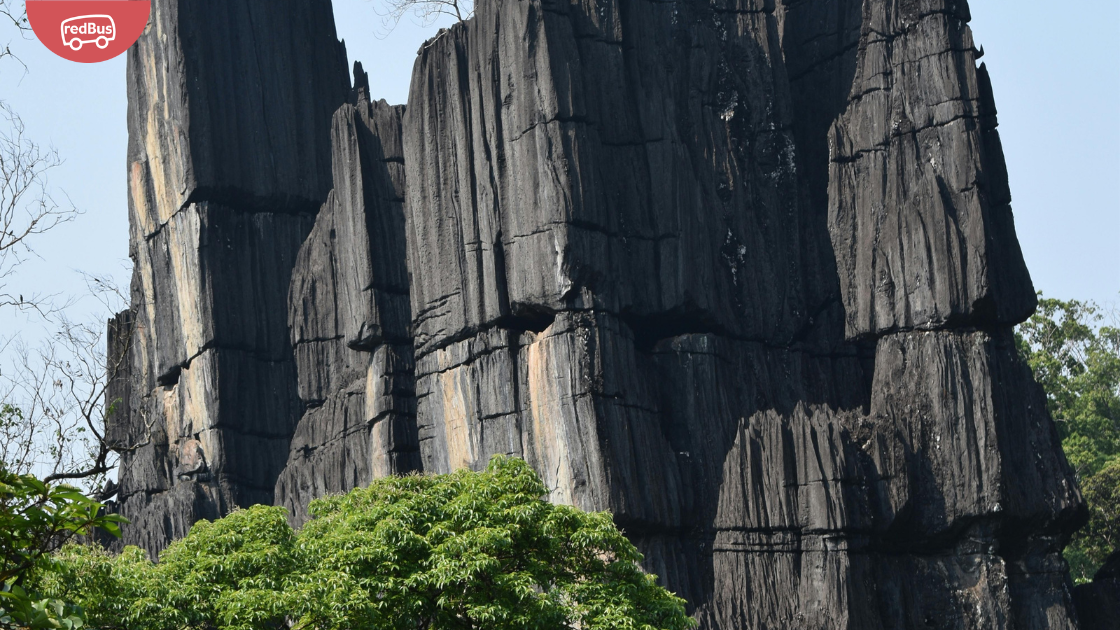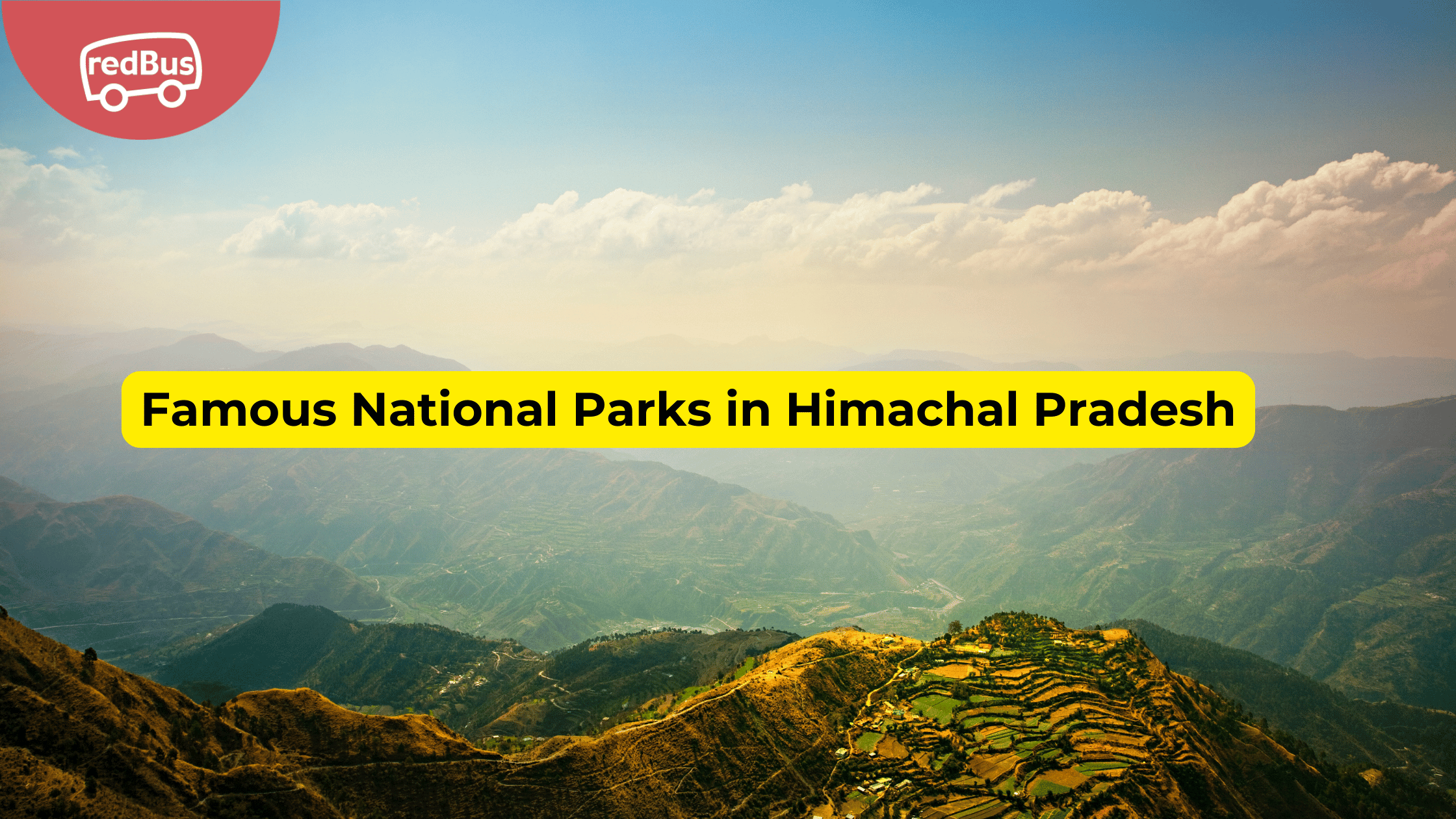Himachal Pradesh, nestled in the majestic Himalayas, is renowned for its pristine natural beauty, lush greenery, and diverse wildlife. The state boasts several national parks that attract nature enthusiasts, trekkers, and wildlife lovers from across the globe. Each park offers a unique blend of flora and fauna and breathtaking landscapes. Below is a detailed exploration of the famous national parks in Himachal Pradesh.
1. Great Himalayan National Park
Location: Kullu District
Established: 1984
UNESCO World Heritage Site: 2014
The Great Himalayan National Park (GHNP) is one of the most celebrated national parks in India. Spanning over 1,171 square kilometers, it is home to diverse ecosystems ranging from alpine meadows to dense forests. GHNP is a treasure trove for biodiversity, hosting species like snow leopards, Himalayan brown bears, musk deer, and over 200 bird species. The park is also known for its rich plant life, with medicinal herbs and rare flowering plants.
Activities:
- Trekking to pristine valleys like Sainj and Tirthan
- Birdwatching and wildlife photography
- Exploring traditional Himachali villages nearby
Best Time to Visit: April to June and September to November
2. Pin Valley National Park
Location: Lahaul and Spiti District
Established: 1987
Pin Valley National Park lies in the cold desert region of Spiti Valley. This rugged yet stunning park is known for its snow-clad peaks, stark landscapes, and unique flora and fauna adapted to the extreme cold. The park is home to the elusive snow leopard, ibex, Tibetan gazelle, and Himalayan marmot.
Activities:
- Trekking through the Pin Parvati Pass
- Exploring the Buddhist monasteries in the vicinity
- Witnessing rare medicinal plants and wildflowers
Best Time to Visit: May to October
3. Khirganga National Park
Location: Kullu District
Established: 2010
Khirganga National Park is famous for its serene landscapes and geothermal springs. It serves as a gateway for trekkers exploring the Parvati Valley. The park is rich in deodar, oak, and pine forests and shelters species like Himalayan tahr, black bear, and pheasants.
Activities:
- Relaxing in the hot water springs of Khirganga
- Trekking and camping amidst lush forests
- Birdwatching and nature photography
Best Time to Visit: March to June and September to November
4. Simbalbara National Park
Location: Sirmaur District
Established: 1958 (as a sanctuary), 2010 (as a national park)
Located in the Shivalik Hills, Simbalbara National Park is known for its dense Sal forests and tranquil ambiance. The park is ideal for wildlife spotting, offering glimpses of animals like leopards, barking deer, and Himalayan black bears.
Activities:
- Jungle safaris
- Trekking along nature trails
- Exploring nearby heritage sites
Best Time to Visit: November to March
5. Inderkilla National Park
Location: Kullu District
Established: 2010
Inderkilla National Park is relatively lesser-known but equally captivating. It is located close to the bustling town of Manali, making it accessible for tourists. The park boasts picturesque landscapes, alpine vegetation, and diverse wildlife.
Activities:
- Short hikes and nature walks
- Photography of the stunning vistas
- Exploring the nearby Beas River and villages
Best Time to Visit: April to October
6. Chail Wildlife Sanctuary (Proposed as a National Park)
Location: Solan District
Established: 1976
Although technically a wildlife sanctuary, Chail deserves mention for its diverse habitats and tranquil charm. Located near the popular hill station of Chail, the sanctuary is known for sambar deer, leopards, and cheer pheasants.
Activities:
- Picnicking amidst lush greenery
- Trekking and camping in the sanctuary
- Exploring the iconic Chail Palace nearby
Best Time to Visit: March to October
Key Highlights of These Parks
- Biodiversity: Each park is a haven for endemic species and rare wildlife, offering glimpses into the Himalayan ecosystem.
- Adventure: Trekking, camping, and nature walks are common activities that allow visitors to connect with nature.
- Cultural Insights: Many parks are located near villages and monasteries, giving travelers a chance to explore Himachal’s rich culture and traditions.
- Photography Opportunities: The dramatic landscapes and unique flora and fauna make these parks ideal for photographers.
How to Reach These National Parks with HRTC Buses
The Himachal Road Transport Corporation (HRTC) provides an extensive network of bus services, ensuring connectivity to even remote parts of the state. Here’s a guide to reaching the national parks using HRTC buses:
- Great Himalayan National Park (GHNP):
- Take an HRTC bus to Kullu (well connected to Delhi, Chandigarh, and Manali).
- From Kullu, board a local bus or taxi to Aut and then to the park’s entry point at Gushaini.
- Pin Valley National Park:
- Board an HRTC bus to Reckong Peo or Kaza via Manali or Shimla.
- From Kaza, hire a local vehicle to reach the park.
- Khirganga National Park:
- Take an HRTC bus to Bhuntar or Manikaran.
- From Manikaran, trek or hire a local guide to reach Khirganga.
- Simbalbara National Park:
- HRTC buses from Chandigarh and Nahan frequently operate to nearby locations like Paonta Sahib.
- From Paonta Sahib, hire a cab or board a local bus to Simbalbara.
- Inderkilla National Park:
- Reach Manali via an HRTC bus (regular services from Chandigarh, Delhi, and Shimla).
- From Manali, hire a taxi to explore the park.
- Chail Wildlife Sanctuary:
- Board an HRTC bus to Solan or Shimla.
- From these points, local buses or cabs can take you to Chail.
Tips for Traveling with HRTC Buses:
- Booking: Use the HRTC online booking portal or visit major bus terminals to reserve seats for long-distance routes.
- Timing: Check bus schedules, especially for remote destinations, as frequency may vary.
- Local Connectivity: While HRTC connects major towns, smaller routes might require local taxis or shared jeeps.
- Travel Light: Given the hilly terrain, travelling light can make bus journeys more comfortable.
Conclusion
Himachal Pradesh’s national parks are a testament to the state’s natural heritage, offering unparalleled experiences for nature enthusiasts and adventurers. Reaching these parks via HRTC buses is economical and an opportunity to enjoy the scenic beauty of Himachal’s winding roads. Whether you’re marvelling at the snow-capped peaks of Pin Valley, relaxing in Khirganga’s hot springs, or exploring the biodiversity of GHNP, the journey is as rewarding as the destination.







